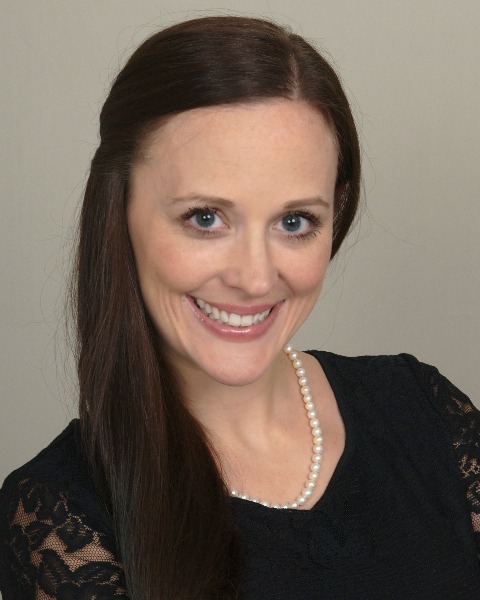Category: Ultrasound/Imaging
Poster Session IV
(1158) Alterations in placental vasodynamics: A window into pathophysiology through sonography of ex vivo perfused placentae
To characterize vasodynamic response in placentae associated with healthy pregnancies and those complicated by placental-mediated disease with elastography. Sonographic elastography is an emerging technology being applied to clinical placental assessment. Administration of vasoactive agents to perfused placentae is a novel strategy to define the role of vascular dynamics in generation of sonographic parameters.
Study Design: Prospective, descriptive cohort study of patients enrolled for post-delivery placental collection with uncomplicated pregnancies and those with ischemic placental disease (IPD; preeclampsia, fetal growth restriction), gestational hypertension (gHTN) or chronic hypertension (cHTN). Following single lobule placental perfusion, shear wave speeds (SWS) obtained via ultrasound elasticity under physiologic conditions and with sequential introduction of vasodilator and vasoconstrictor, then analyzed descriptively and normalized to individual subject level reference conditions.
Results:
13 term patients enrolled with 12 placental regions analyzed per perfusion state in triplicate totaling 689 SWS measurements. Mean SWS computed in each perfusion condition across tissue surfaces (Figure 1). Subject level data normalized to physiologic perfusion conditions and the SWS difference between administration of vasoconstrictor and vasodilator assessed (Figure 2). In healthy placentae, there was a small but consistent increase in SWS from vasodilation to vasoconstriction as the tissue became stiffer. In contrast, only the maternal surface in IPD demonstrated greater stiffness and cHTN, gHTN placentae demonstrated a paradoxical response throughout with increased tissue compliance.
Conclusion: Direct vasoactive manipulation of the perfused placenta demonstrates subtle stiffening with vasoconstriction in healthy placentae and a variable response across disease states. This may represent a downstream consequence of disease-related vascular injury or a potentially pathogenic upstream atypical vascular response; the later would represent an opportunity for studies predicting placental-mediated disease.

Stefanie J. Hollenbach, MD (she/her/hers)
Maternal Fetal Medicine Faculty | Biomedical Engineering PhD Candidate
University of Rochester Medical Center
Rochester, New York, United States
Loralei L. Thornburg, MD
Professor Ob/Gyn- MFM Division Director
University of Rochester Medical Center
Rochester, New York, United States
Helen Feltovich, MD, MS
Physician
Intermountain Healthcare
Provo, Utah, United States- RM
Richard K. Miller, PhD
University of Rochester Medical Center
Rochester, New York, United States - KP
Kevin Parker, PhD
Dean Emeritus, SEAS/Prof, Electrical & Computer Engineering
Electrical & Computer Engineering
Rochester, New York, United States - SM
Stephen McAleavey, PhD
University of Rochester
Rochester, New York, United States

.png)
